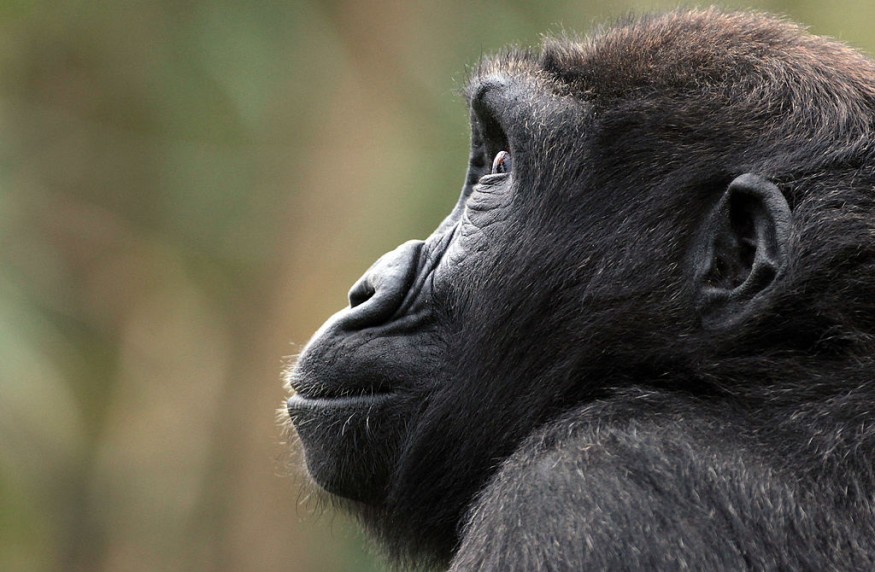Chimpanzees and gorillas have coexisted in peace for many years. Although they sometimes kill off youngsters or each other in one-on-one fights, ganging up on single males and entering in interspecies war are not their common behavior.
It's not the first time that this "vicious act of violence" has been observed in giant primates, but such lethal encounters are very rare. Researchers had recorded two separate encounters in the Loango National Park in Gabon in 2019 where chimpanzees outnumbered the gorillas and instigated the attacks in both times, the Discover Magazine recounted.

The researchers from Osnabrück University and the Max Planck Institute for Evolutionary Anthropology in Germany were shocked to observe the near hour-long fight between two groups in February that year, and got even more shocked when the event repeated itself in December.
"Our observations provide the first evidence that the presence of chimpanzees can have a lethal impact on gorillas," researcher and primatologist Tobias Deschner told ScienceAlert. "We now want to investigate the factors triggering these surprisingly aggressive interactions."
Why the Gentle Giants Have "Gone Sour"
Although these species of great apes have lived in harmony for so long and shared resources in their habitat, a new study published in the journal Scientific Reports suggest that the lethal attacks of chimpanzees and gorillas in the wild could be driven by limited resources and competition thereof. It may have become an instinct for the monkeys to fight over food and territory.
"We are only at the beginning to understand the effects of competition on interactions between the two species in Loango," says Simone Pika, a cognitive biologist at Osnabrück University.
This case of multi-male, multi-female wild mountain gorilla had also been observed in 2014, when a fleeing gorilla named Inshuti was attacked by a mob of 25 other gorillas near Rwanda's Karisoke Research Center, according to The Atlantic. Stacy Rosenbaum from the University of Chicago who witnessed the attack and has spent a lot of time watching wildlife said it "was one of the most shocking things I've seen."
Rosenbaum added that there seems to be no evidence of premeditation.
Not a One-Off Incident
Observation of these interactions among aggressive primates suggests that social structure is a key predictor of coalitionary aggression, as gorillas increased its population in multi-male groups, even with the absence of resource stress. While it was indicated to be a primary factor, observations are limited to specific areas to make sure they are still given the space and respect in their natural habitat.
It is also possible that the killings between these two species are actually more common than the records show, but was only noted during parts of the year when foods such as fruit was less readily available.
"Our study shows that there is still a lot to explore and discover about our closest living relatives, and that Loango National Park with its unique mosaic habitat is a unique place to do so," Pika concludes on behalf of the team. Nonetheless, it is safe to say that this interspecies violence must be carefully watched, or else a full-blown monkey war might be more common in the future.
Related article : 5 Most Endangered Animals Living in Europe
© 2025 NatureWorldNews.com All rights reserved. Do not reproduce without permission.





